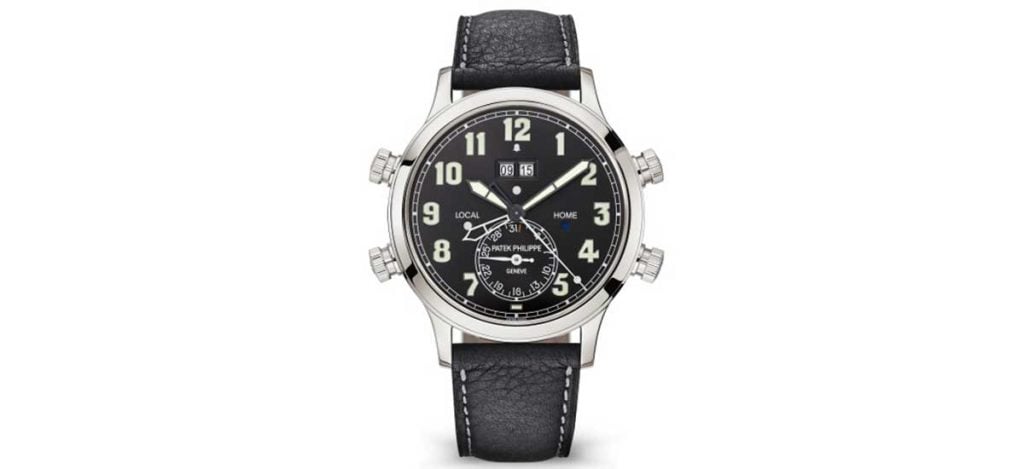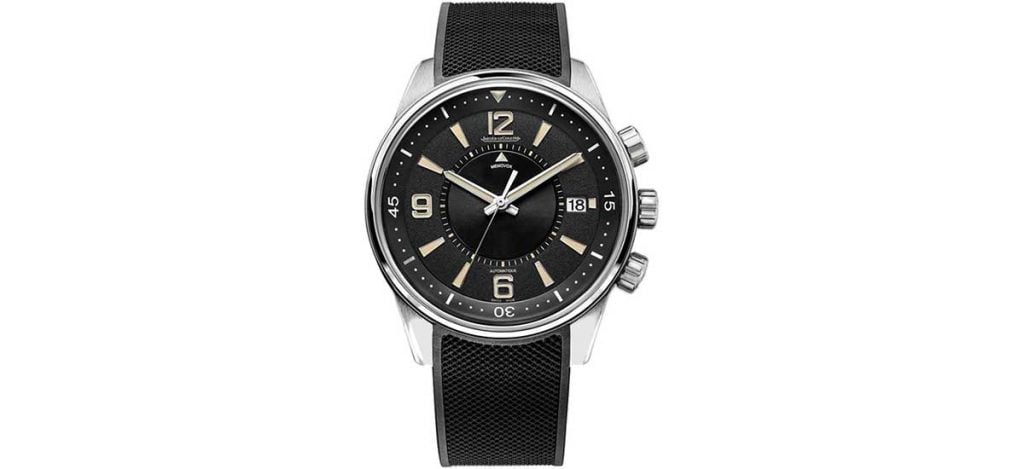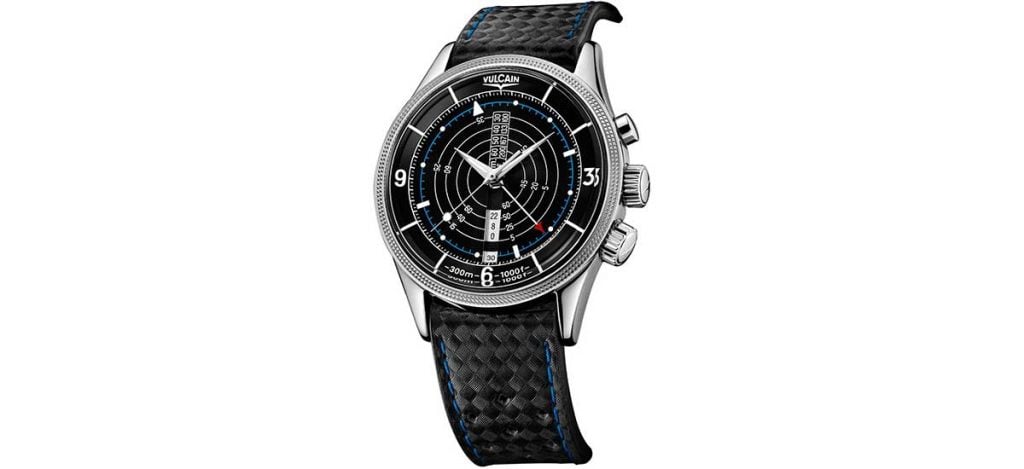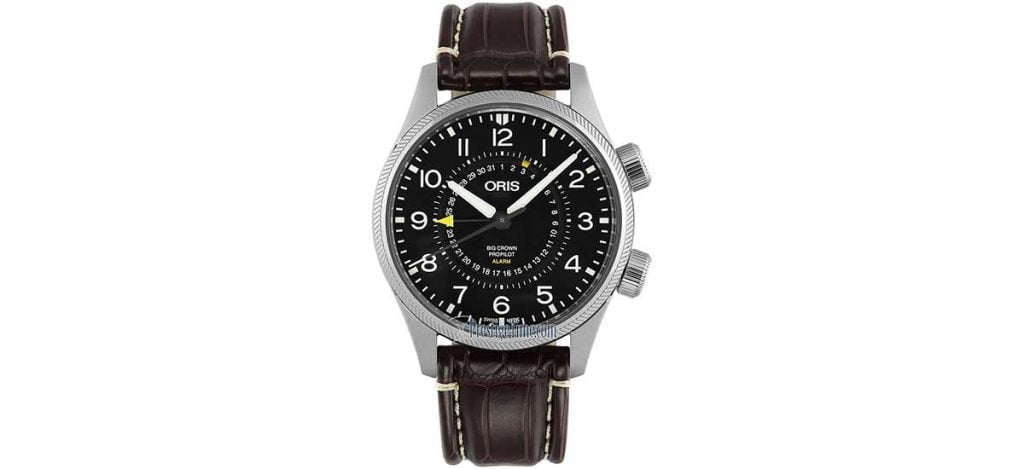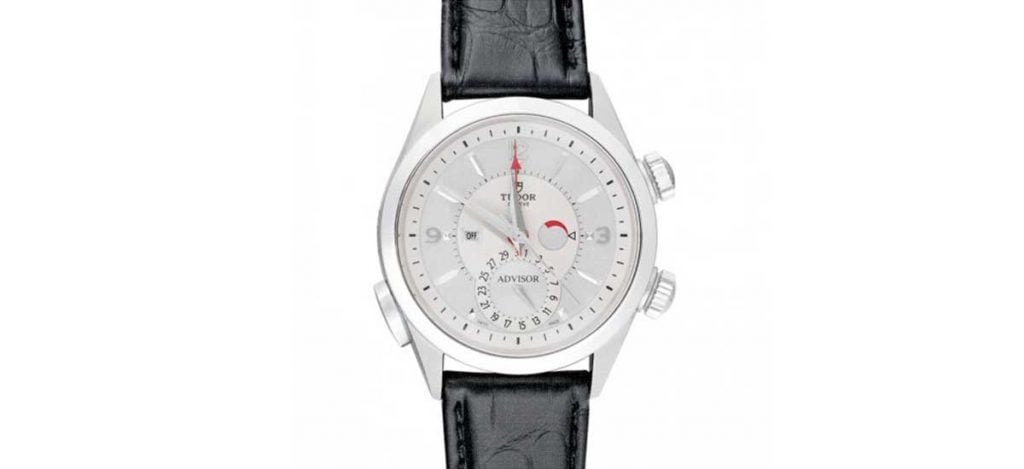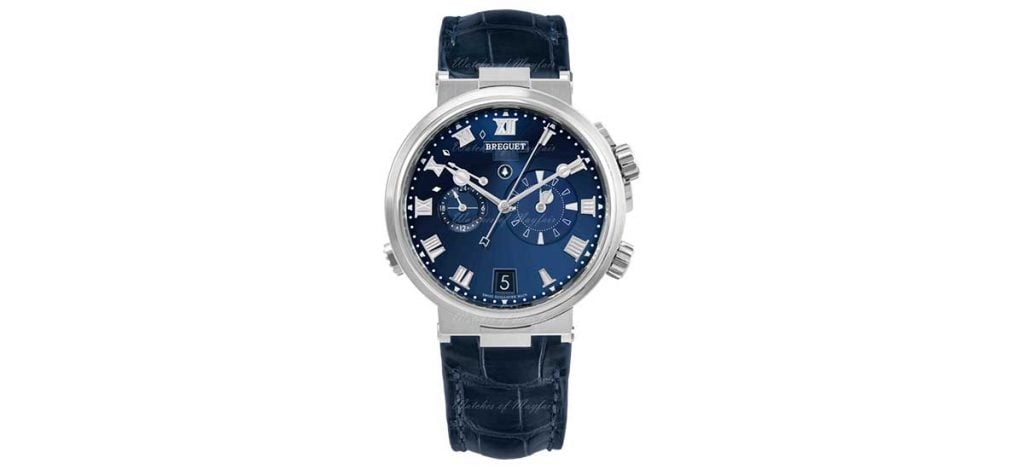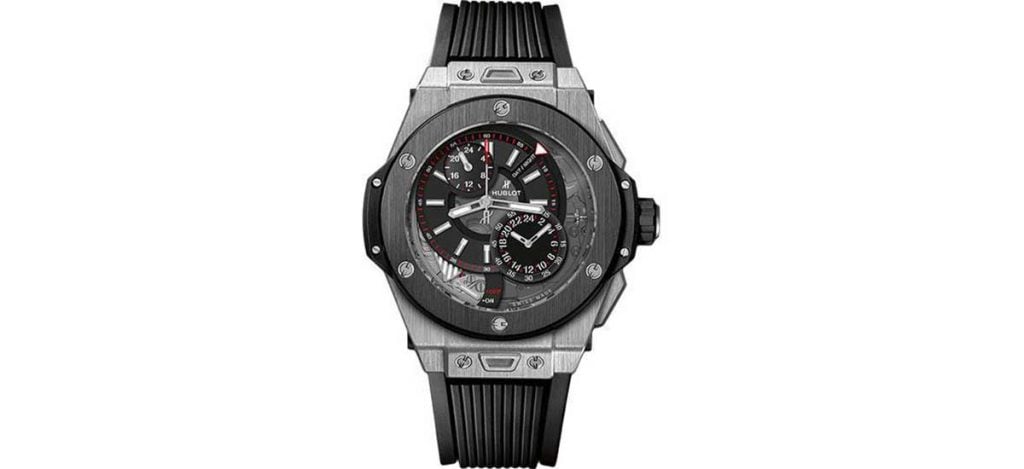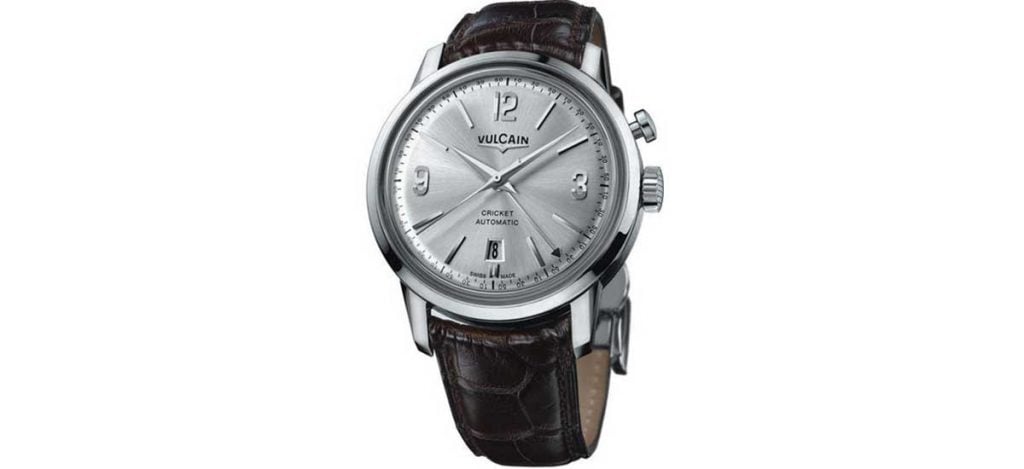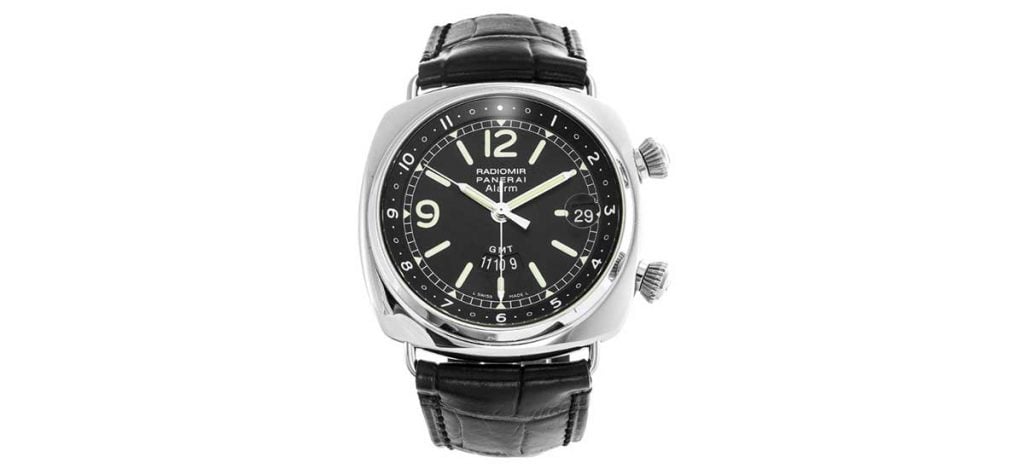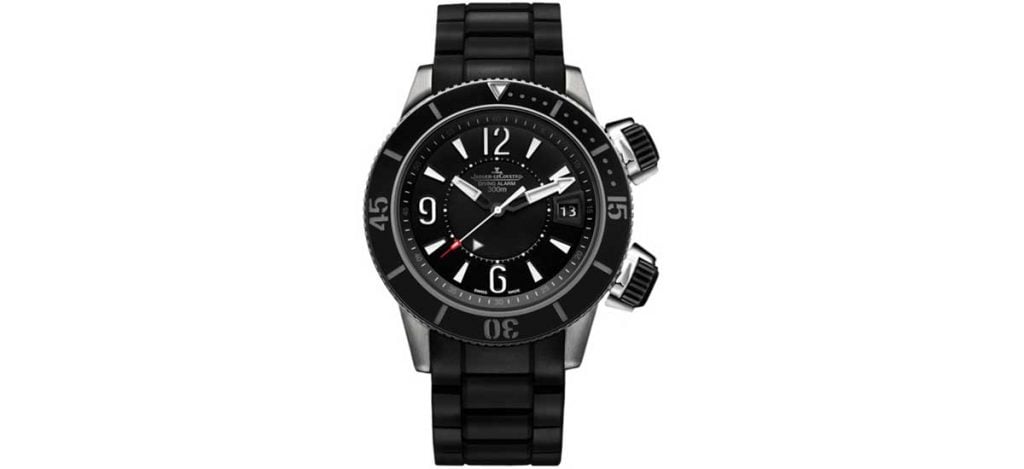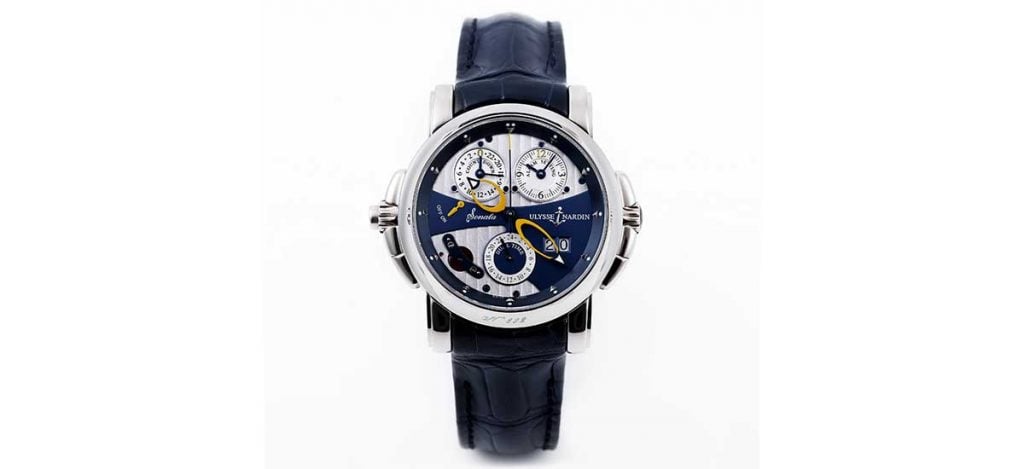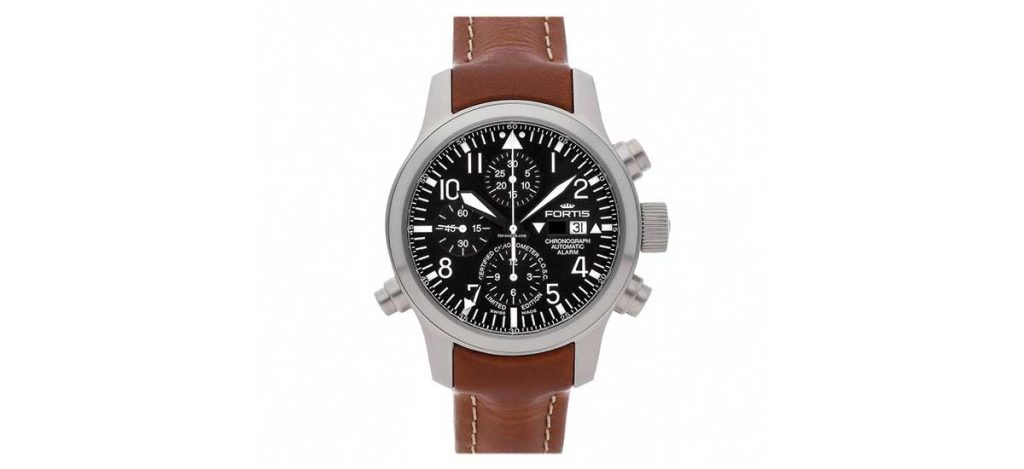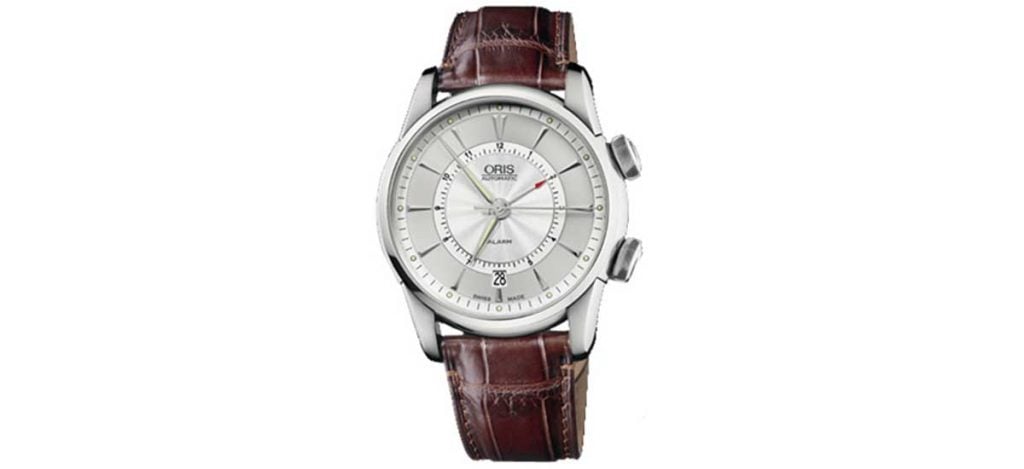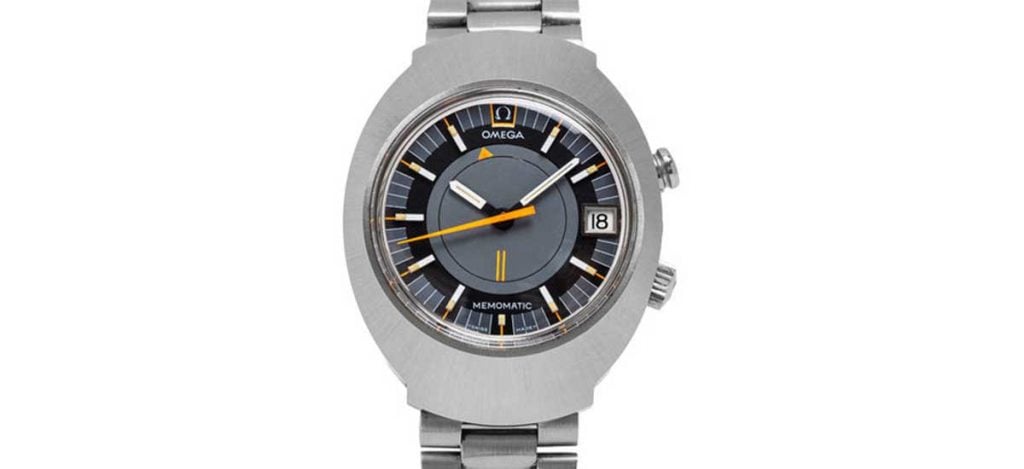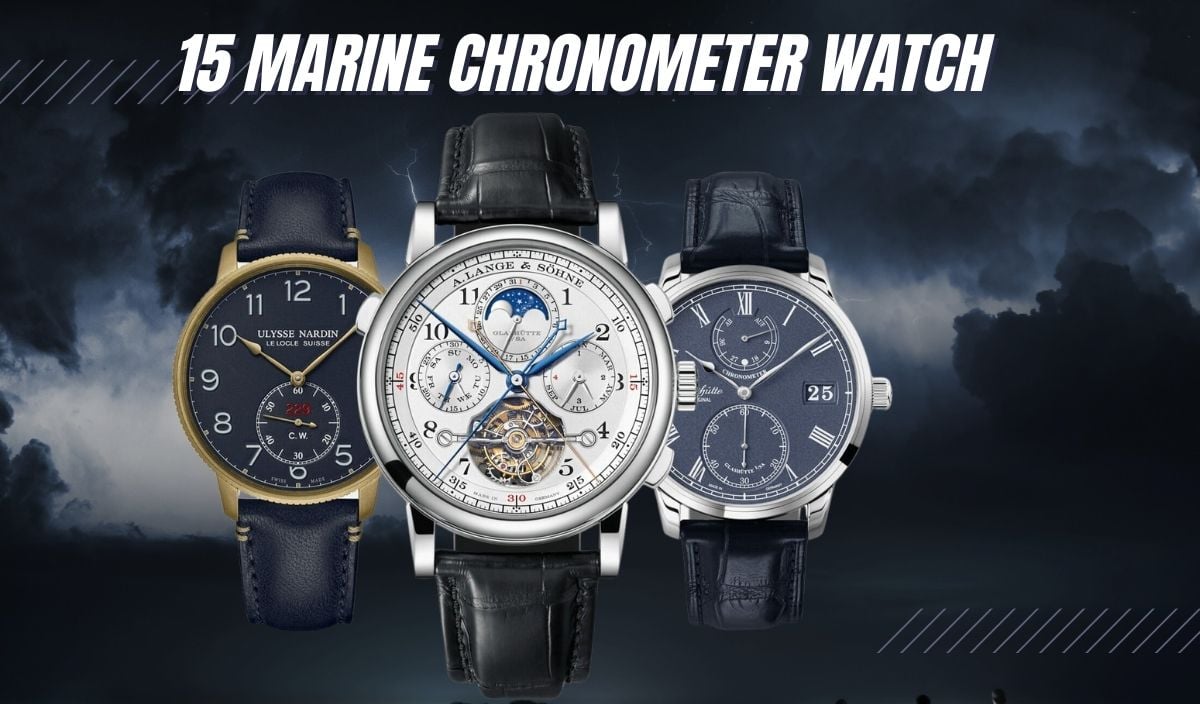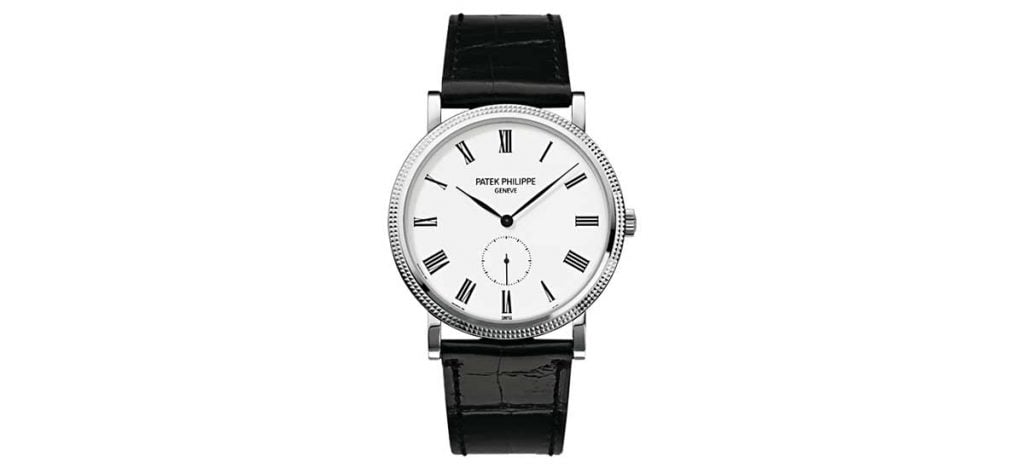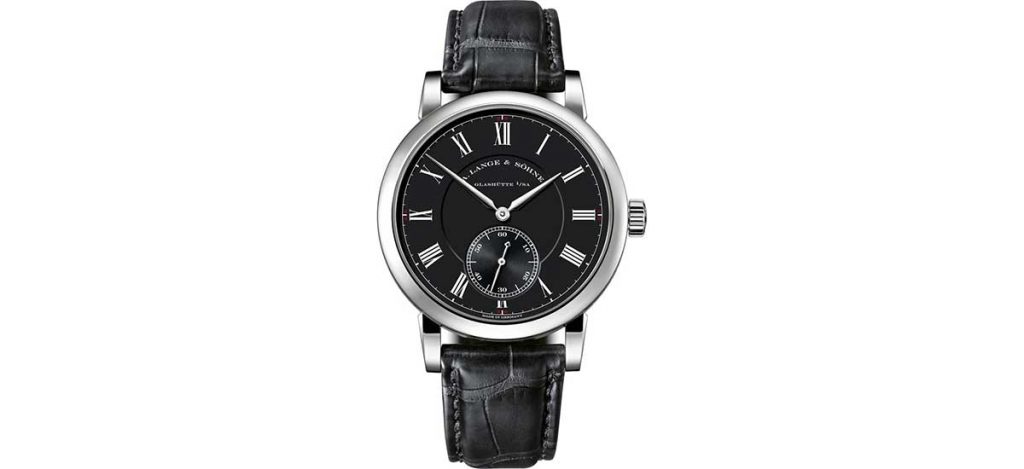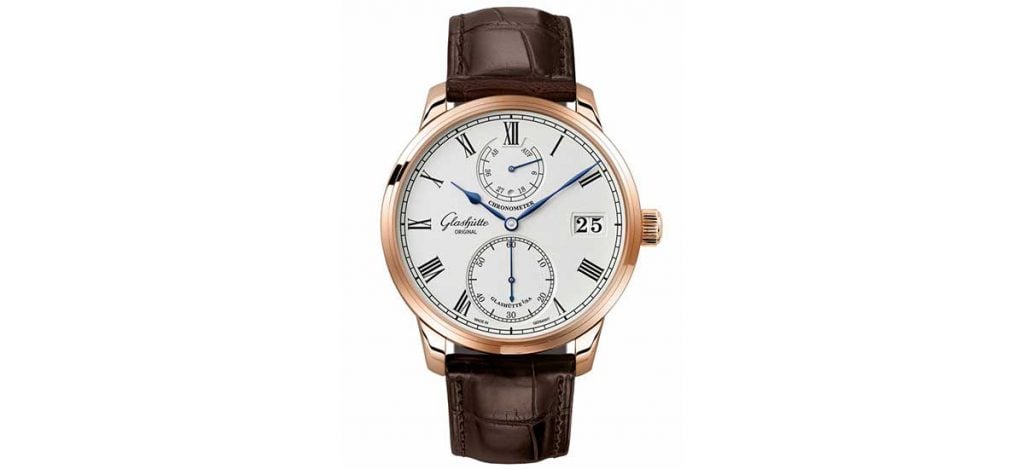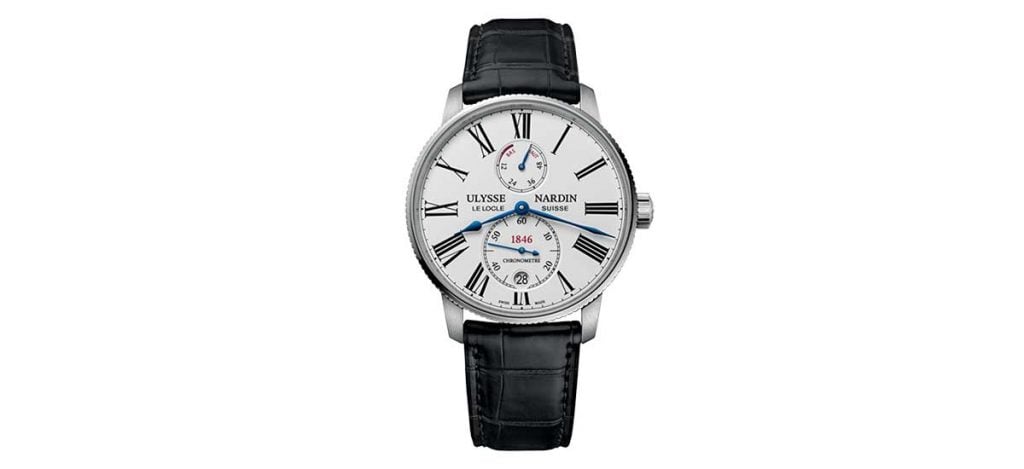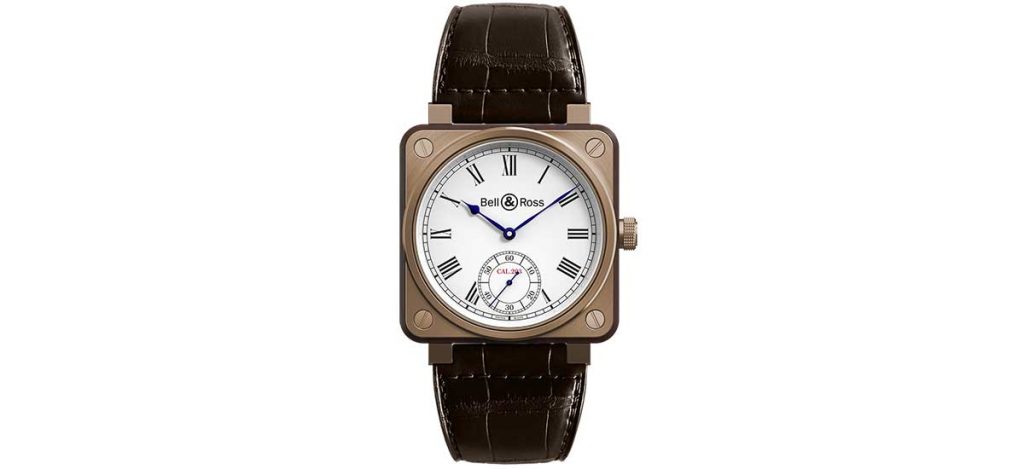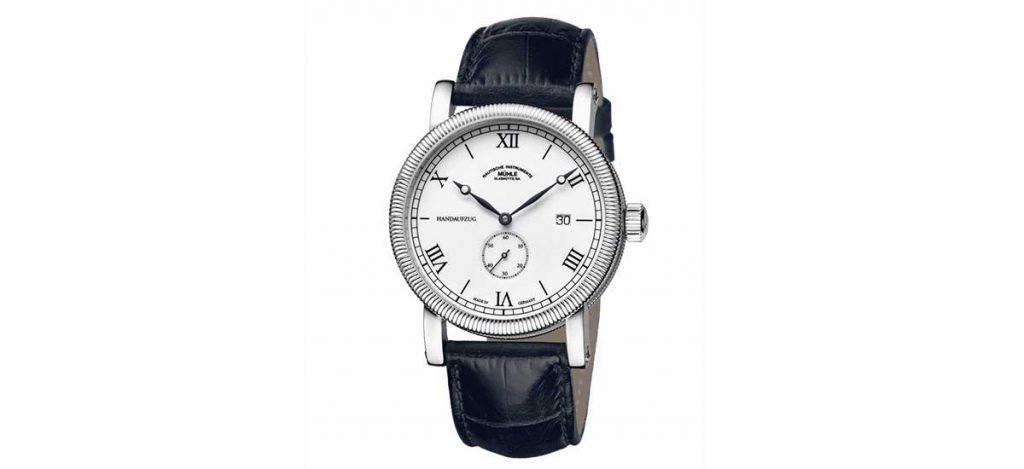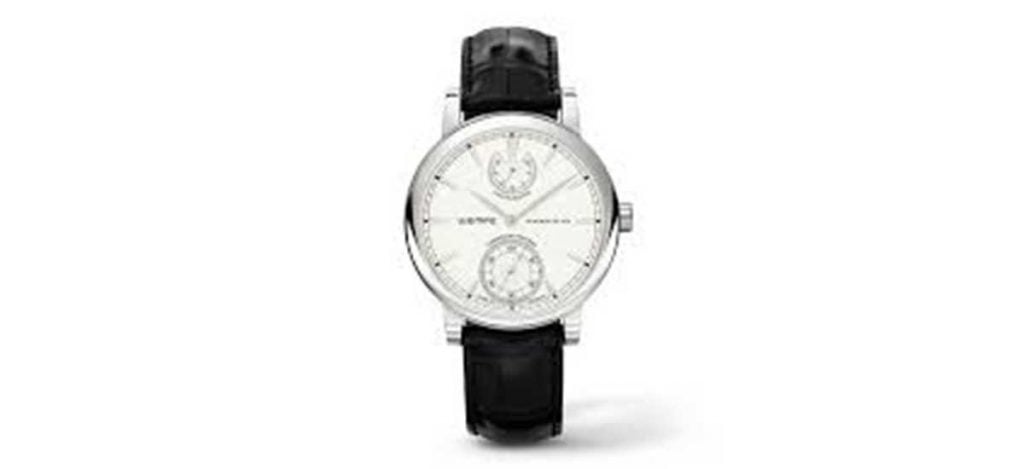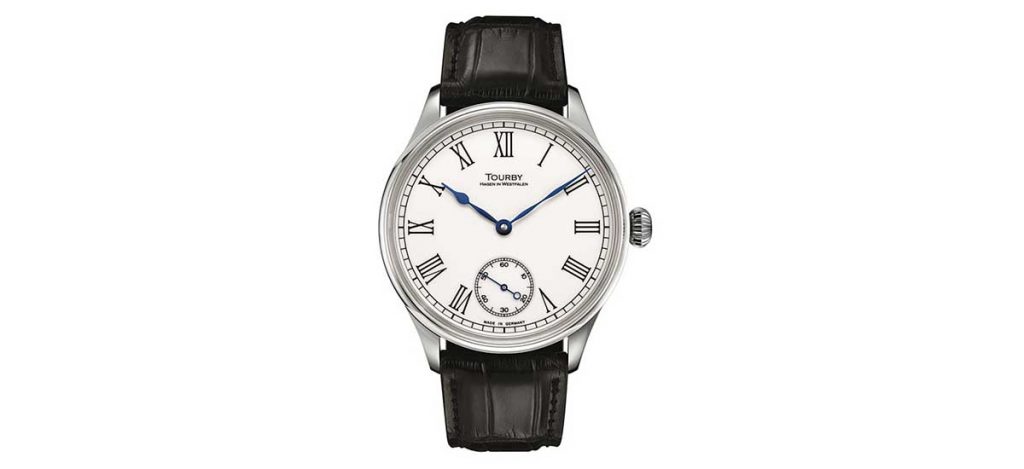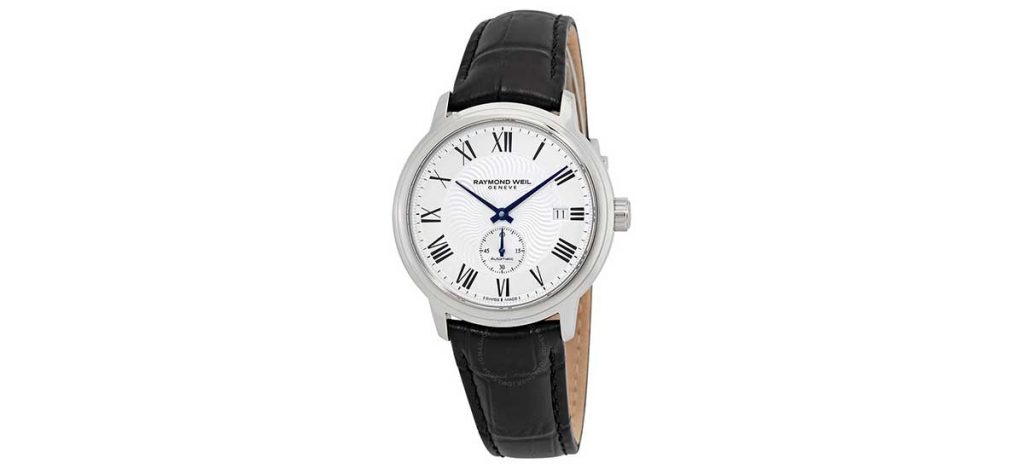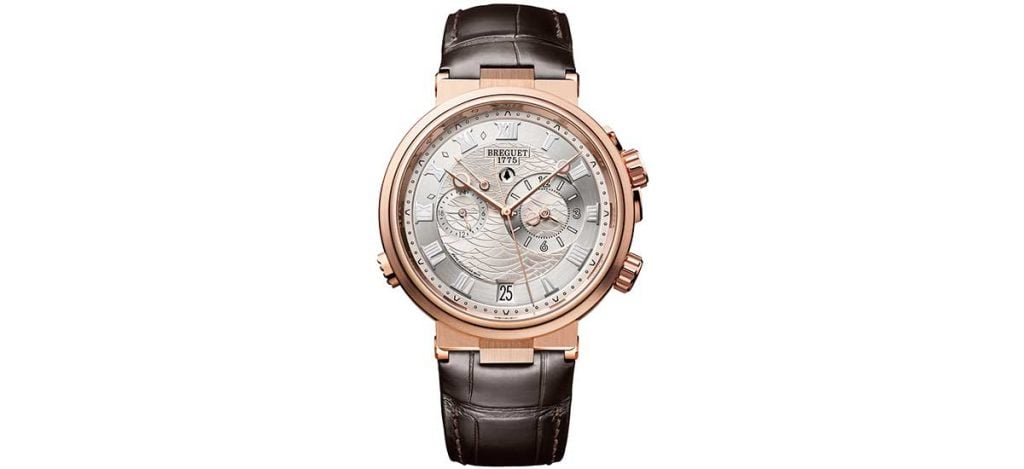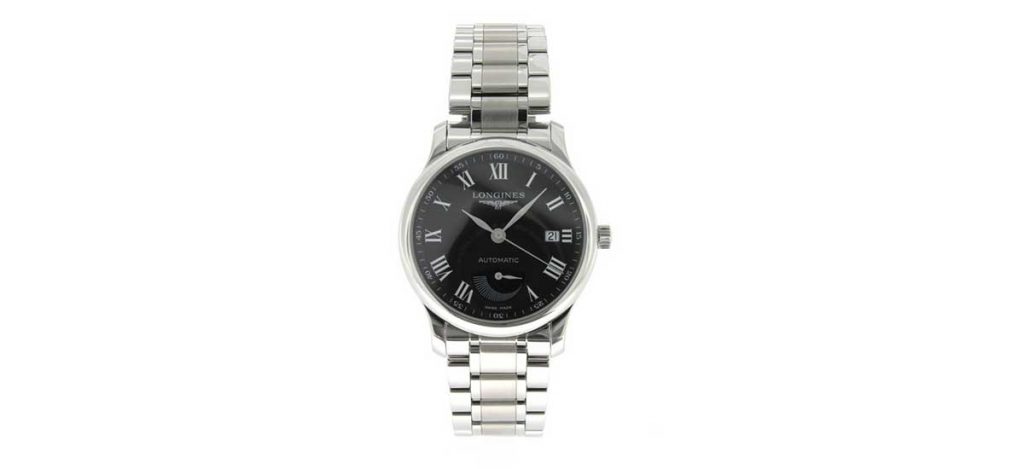
No, ’Bluesy’ isn’t the street name of a character on the Sopranos. Instead, Bluesy is the nickname used for any Submariner references made by Rolex with a blue dial, blue bezel, and a two-tone Oystersteel case/strap. It’s not an official term coined by Rolex, but it has been around for almost as long as the watch has and is, therefore, a firm fixture in collector vocabulary.
The Bluesy nickname is straightforward and less cliché than some others given to Rolex variations (I’m looking at you, Starbucks, and Batman). It’s not only a catchy moniker but one which accurately describes the main visual characteristics of the watch.
About The Rolex Bluesy
Although we don’t like to talk about it much anymore, one can’t ignore the lasting influence of the 1980s. To be more specific, one can’t help but notice that two-tone Rolexes came into the spotlight during the 80s. Wall Street-influenced style did a number on us in that department.
However, despite the questionable fashion choices of the era, it was a wild time to be alive, and the Bluesy reflects that in all of its multicolored splendor. It could be due to this ‘cultural capture’ that blue Submariners have been popular among collectors for decades.
There are 4 distinct versions of the Bluesy, which we’ll look at in more detail in a minute. Among the most iconic of these is the 116613LB, an era-defining watch that’s hard to fault.
In 2020, Rolex released the successor to this classic, which features cutting-edge craftsmanship and innovations that some believe surpass the original. Is it possible for Rolex to further refine such a beloved watch? Let’s take a closer look at the Bluesy line to find out where the differences lie.
So Many Bluesy Models, So Little Time
Here’s a breakdown of the Bluesy models released by the Swiss firm since the early ‘80s, each of which is slightly different from the rest, as you’d expect.
1. 16803 (1983-1988)
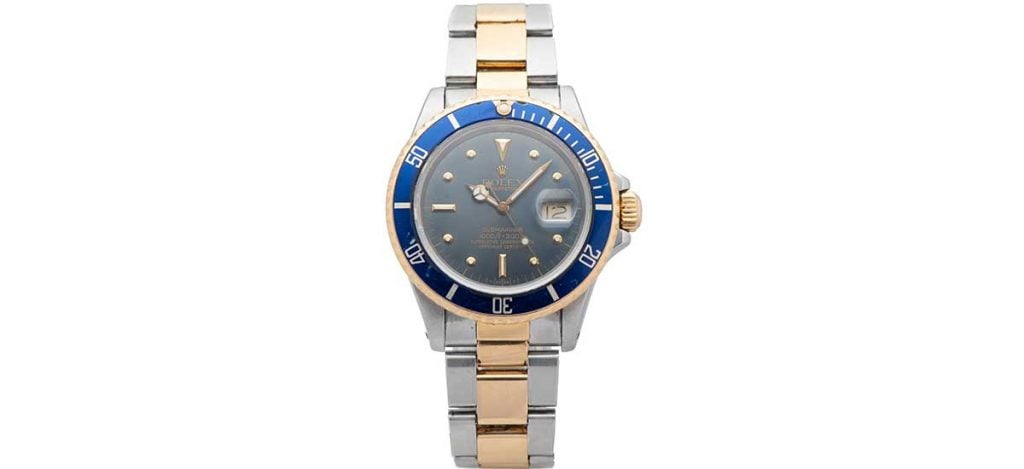
The very first of its line, and the watch that inspired the nickname that now defines this family of Submariners, the 16803, was in production for just over 5 years and met much fanfare during the 1980s. Arguably the largest difference between this and other models, other than the movement, is the size and flatness of the case.
While I quite like this build, it doesn’t quite have the attitude of other versions. The 1680 Submariners are considered transitional models as they remained in production for a relatively short period but inspired several design improvements.
This generation of Submariner watches was the first to feature sapphire crystals, improved the water resistance rating to 300 meters, and used caliber 3035 movements. The 16803 has a 40mm Oyster case made of steel with a yellow gold winding crown and a yellow gold unidirectional rotating bezel fitted with an anodized aluminum bezel insert.
The dial features many yellow-gold details, including lume-filled index surrounds and Mercedes-style hands. Some early models of the 16803 were equipped with a “nipple dial,” which had raised gold hour markers like those on the all-gold version of the ref. 1680. Like most Rolesor Rolex watches, the ref. 16803 Submariner’s Oyster bracelet includes yellow gold center links flanked by stainless steel outer links.
2. 16613 (1989-2010)
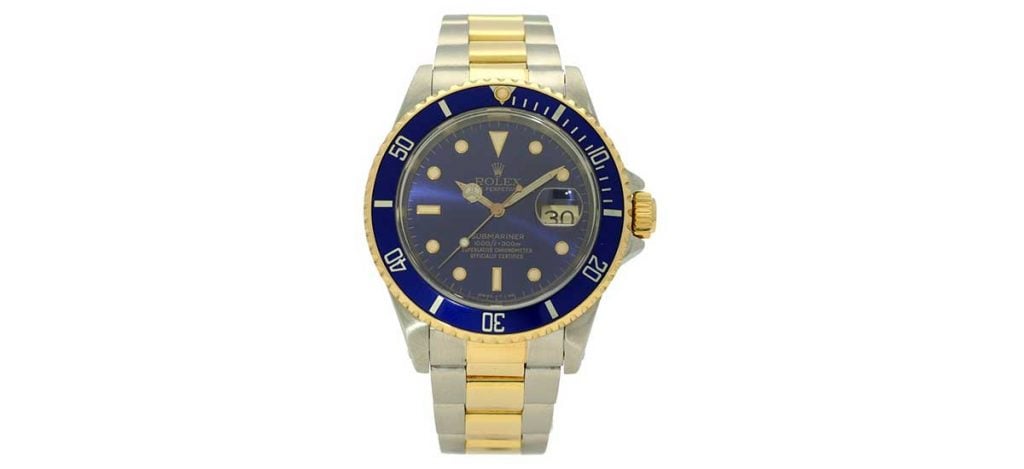
The 16613 incorporated white-filled indices on the dial and began what would herald in Rolex’s march towards a more contoured case, which contracts with the slightly ‘flat’ feel of the 16803. Furthermore, the blue of this model is decidedly more vivid than the previous model’s, which makes the model stand out.
While this lends the watch a slightly more luxurious feel, it certainly doesn’t detract from its utilitarian build. This newer model features a two-tone 40mm Oyster case, an aluminum bezel, and a two-tone Oyster bracelet.
However, the Submariner 16613 is powered by the caliber 3135 automatic movement, a significant difference from the previous model. Although the 16613 was in production for about 20 years, it underwent many enhancements and updates throughout its run.
For instance, Rolex replaced tritium with Luminova as the luminescent material in the late 1990s, introduced solid end-link bracelets in 2000, and phased out lug holes a few years later. In the early 2000s, Rolex began engraving the watches’ serial numbers and “ROLEX ROLEX ROLEX” on the rehaut and laser etching a micro crown on the crystal to deter counterfeiting.
As a result, a mid-2000s ref. 16613 will look and feel distinct from a late 1980s Submariner ref. 16613, despite being the same model.
3. 116613LB (2009-2020)
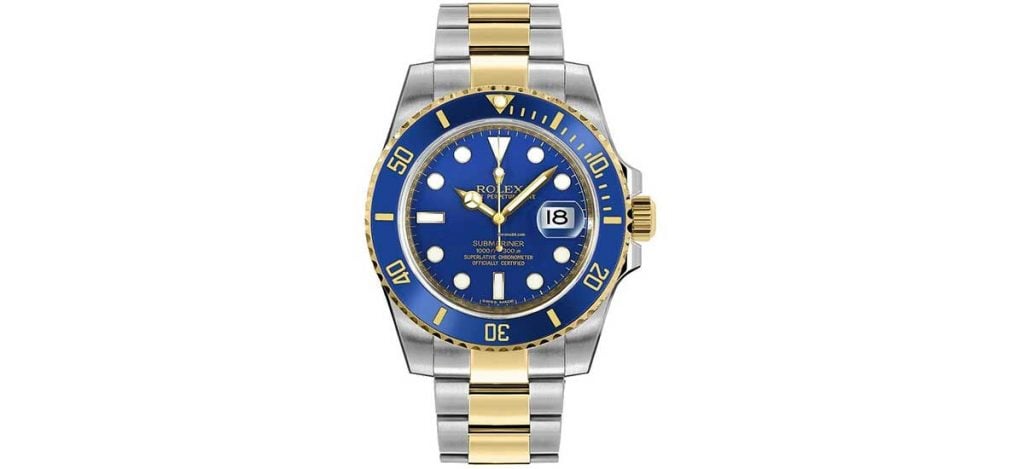
Although this may be the most popular Bluesy model, given the immense growth in the luxury watch market between 2010 and 2020, the 116613LB isn’t the most recent iteration of this famous blue beast. More ‘active’ in its finishing than the preceding model, the 116613LB underwent significant changes compared to its predecessor.
Although the official case measurement remains the same, the “Super Case” silhouette is beefier and more robust, thanks to the larger crown guards and fatter lugs. The two-tone bracelet is somewhat improved, with solid 18k yellow gold center links and a completely redesigned durable clasp, which certainly adds to the watch’s heft.
This version features a larger bezel insert made of Rolex’s patented ceramic alloy, Cerachrom, offering excellent resistance to scratching and fading. The dial has also been given the supersize treatment, with larger lume plots and broader Mercedes-style hands.
Earlier versions of the Bluesy ref. 116613 featured the flat blue dial to match the blue shade of the Cerachrom bezel. However, Rolex revived the popular sunburst blue dial in 2013, and the flat one was phased out.
The Submariner ref. 116613 continues to run on the Caliber 3135, which underwent some key improvements over the years, such as achieving an accuracy rating of -2/+2 seconds per day, twice the requirement set out by COSC chronometer standards in 2015.
It’s worth noting that early iterations of this model were available with diamond hour markers, which is not the case with the sunburst blue dial version.
4. 126613LB (2020-)
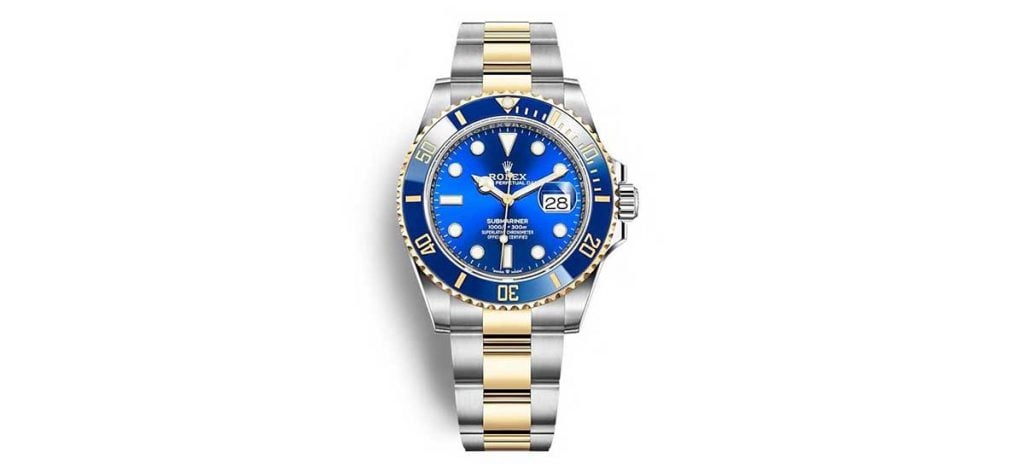
While very similar to the 116613LB, Rolex’s newest Bluesy has two distinctly effective differences from all of its ancestors; a 41mm case and white text. By switching from the gold text they had used for decades to the white text they employ now, Rolex made the legibility of this watch (and other Sub models) easier by orders of magnitude.
The slightly larger case and more refined lugs return to the classic proportions of earlier Submariners. This reference also boasts an updated automatic movement, the Caliber 3235, featuring a Chronergy escapement and patents and providing an improved power reserve of about 70 hours.
The yellow gold and steel cases and bracelets, unidirectional rotating Cerachrom bezels marked to 60 minutes, and a date window at 3 o’clock with a magnified Cyclops lens remain consistent with earlier versions.
Like its predecessors, the 126613 can withstand water pressure up to 1,000 feet (300 meters). Its hour markers and Mercedes-style hands are generously coated with Chromalight lume, optimizing legibility in low-light conditions.
Bluesy Reborn – The Submariner ref. 126613LB
Objectively, the 126613LB doesn’t offer any functional advantage over its all-steel counterparts. However, I would be a fool to dispute the simple fact that in the 21st century, most wristwatches, particularly those from Rolex, primarily serve luxury purposes.
The two-tone Submariner with the blue dial embraces this luxury mission aptly by conveying warmth and prestige more effectively than the cold, clinical stainless-steel divers. At 41 millimeters, this generation of Subs remains just as sturdy as its ancestors.
The ceramic bezel, in a gorgeous marine blue with embedded dive markings in an 18-karat gold bezel, is a thing of beauty. Unlike other less boisterous models, the blue and gold combination has proven staying power. Even in the 1970s, dealers were known to conjure up custom two-tone Submariners for customers via a more liberal Rolex parts department.
From there, the two-tone Sub evolved into a staple, particularly in blue, befitting its nautical heritage. One small but significant change that aligns the new Submariner with modern times is the switch to white text on the dial.
It adds a fresh and contemporary feel while boldly contrasting the dark sunburst blue dial background and matching the bright Chromalite on the hands and indexes. Although it may feel indulgent, I prefer to think of it as a projection of confidence.
The band of gold running down the center of the links is unmistakable from across the room, while the solid gold crown confirms the watch’s triple-protected impenetrability and continues that vault-like feel throughout the timepiece.
It’s a totem for your sense of self-worth, and if you’re wearing one of these, you’re bound to feel like a million dollars. Let’s have a closer look at the specific features of the Bluesy, seeing as we’re geeking out on the model already. Here’s a brief rundown of the main focal points of the watch;
Case
To use the word ‘impressive’ alone to describe Bluesy’s case may be an understatement. After all, we should bear in mind that the Submariner case redefined the modern dive watch aesthetic almost singlehandedly. That’s more than impressive.
It’s awe-inspiring. Boasting a 41mm diameter and 12.7mm thickness, this luxury diver’s watch fits snugly on almost any wrist. With a lug-to-lug measurement of 48.1mm and a 21mm lug width, it is similar in size to other Submariner models and a breeze to wear.
Crafted primarily from Oystersteel, the Rolex Bluesy is built to last. This patented 904L stainless steel blend (aka Oystersteel) is ultra-tough and resistant to scratches, impacts, and corrosion. Its finely polished case and satin-finished lug hoods give it a subtly sophisticated look despite its sporty origins.
Fashioned partly from luxurious yellow gold, the two-tone gold and silver exterior also features a unidirectional rotating bezel and screw-down crown. The bezel’s blue ceramic insert, marked with a matching gold elapsed time scale, has a bottle cap-like groove that provides a better grip for divers, even when wearing gloves.
At the noon position, a luminous pip glows bright in the dark, ensuring improved visibility in low-light conditions. The bezel’s 120 clicks and lack of back play make tracking time underwater a breeze.
The yellow gold crown delicately emblazoned with Rolex’s iconic crown emblem, is protected by Oystersteel crown guards that allow for easy grasping and turning. Additionally, the watch’s Triplock waterproofness system and solid Oystersteel screw-down caseback offer impressive water resistance up to 300m (1000ft).
Dial
The Bluesy’s dial is arguably the main attraction of the watch. It is, after all, the reason behind this Submariner’s nickname. A striking royal blue metallic sunburst finish perfectly complements its blue bezel, and the iconic Submariner design is apparent in its geometric indices and bold hands, all encased in gold.
Furthermore, Bluesy’s hands and indices are equipped with Chromalight, a cutting-edge technology that enhances clarity and visibility in any lighting condition, even in deep, dark, scary waters. The face features a date display that replaces the 3 o’clock marker.
Printed in white for maximum contrast and legibility, the brand’s signature and the Submariner title, depth rating, and Superlative Chronometer certification adorn the dial at 12 and 6, respectively.
Protecting the stunning dial of the Rolex Bluesy is a layer of scratch-resistant sapphire glass, known for its remarkable durability and sleek appearance. With a mineral hardness rating of “9” on the Mohs scale, this crystal is almost impervious to scratches and can only be damaged by diamonds.
To minimize reflections, Rolex has added anti-reflective coatings to Bluesy’s sapphire crystal, making it easier to view from different angles. Additionally, a convenient cyclops lens, a feature that is now synonymous with Rolex date variations, magnifies the date display for easy reading.
Movement
The Rolex Calibre 3235, a step up from the 3135, is now a household name in the watch industry and a favorite among WOSTEP-certified watchmakers. This chronometer movement has earned its reputation, boasting an impressive accuracy of -2/+2 seconds per day, certified by COSC.
With an approximate power reserve of 70 hours, the 3235 provides plenty of power to keep itself ticking on time. After almost three decades as the flagship movement of Rolex, the Calibre 3135 began to be phased out around 2015 in favor of this modified version.
Thus, 126613LBs purchased before then will contain a 3135, being the last models to feature this legendary movement. However, that doesn’t mean other models with the 3135 weren’t still being shipped to ADs during the transition period.
Bracelet
The Rolex Bluesy flaunts a yellow Rolesor bracelet incorporating Oystersteel outer and yellow gold center links. This bracelet exudes a remarkable level of sophistication while providing wearers with the utmost comfort and durability. The Rolex Glidelock system and Oysterlock folding safety clasp keep the bracelet fastened and secure on your wrist, regardless of whether you’re exploring the deep blue seas or running errands in the city.
Should You Buy A Rolex Bluesy?
If you’re considering purchasing one of these icons, there are a few factors to take into consideration before heading to the watch store.
Firstly, the cost of this piece is far greater than its price, particularly if you’re looking for a daily wearer or just a single luxury watch to add to an otherwise modest collection. You have to acknowledge that this isn’t a humble watch, nor should we expect it to be.
The Bluesy is decidedly thematic in its design, representing a kind of nautical luxury that demands attention while refusing humility in all forms. The Bluesy speaks for the boldest aspects of one’s character and, thus, should be treated accordingly.
This isn’t a watch that you wear with joggers while picking up a coffee order down the road. This is a watch that belongs under the cuff of a good suit or on the wrist of an arm that’s caressing the railing of a cruising Sunseeker.
Understand that the true cost of the Bluesy means you’re paying the price for something that will likely alter your lifestyle. If you’re not ok with that, you should look for a timepiece that’s a bit less adventurous in its design.
Secondly, the price is obviously also a factor to consider – the Bluesy ref. 16613, for example, will set you back a clean $15,900. That’s not a figure to be scoffed at, and thus, one has to be very sure that they’re willing and able to throw down that kind of cash for a single ticker.
If you ask me, I’d say that the decision of whether to go with a Bluesy or not essentially comes down to two things, assuming you have the money to spend – taste and attitude. It goes without saying that if you hate the color blue or are not a fan of the two-tone look, which many aren’t, then this watch ain’t for you.
Alternatively, if you’re into the look but lack the confidence that this watch demands of its owner, I would advise purchasing something a bit more humble. If, however, you’re the master of your reality – an engaged and engaging individual with a commanding character – then there are few watches that you deserve to give yourself more than the Bluesy.
Alternatives To The Rolex Bluesy
This is undoubtedly a covetable timepiece, but its price tag (and the state of the Rolex after-market) can make it an unattainable dream for many. Fear not, for there are several stylish and reliable alternatives to the Bluesy that won’t break the bank. While Rolex may be the ultimate benchmark, other high-performing diver’s watches are available at more affordable prices.
Omega Seamaster Diver 300M (ref. 210.20.42.20.03.001)
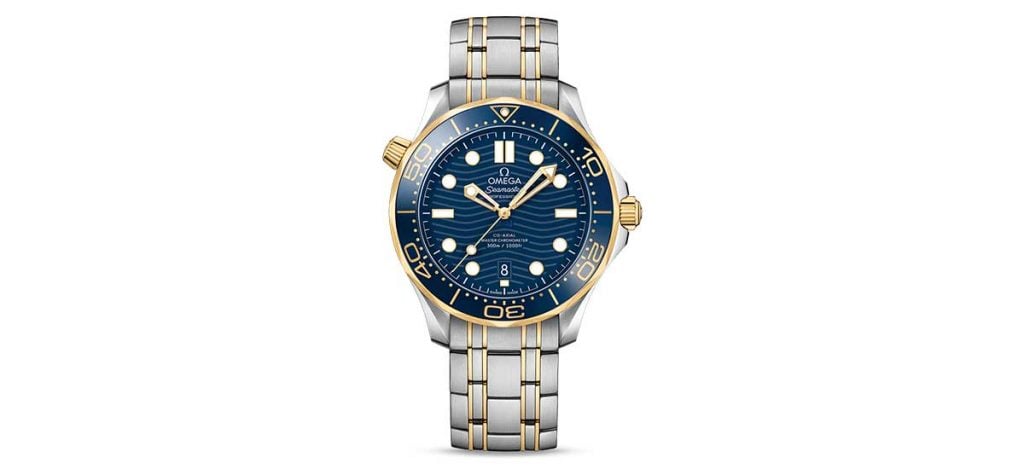
Omega makes perhaps the strongest contender when it comes to timepieces that can give the iconic Submariner a run for its money. The Seamaster Diver 300m Co-Axial Master Chronometer is a sturdy yet luxurious dive watch that, much like the Sub, is a definite fixture in the watch world.
Crafted from a stainless steel and gold blend, it boasts a 42mm case, topped with a gold unidirectional rotating bezel featuring a blue scratch-resistant ceramic insert with the Ceragold dive scale.
The watch is powered by the impressive Omega Calibre 8800, a self-winding movement with a co-axial escapement and a 55-hour power reserve. It’s a bit sharper in its outward appearance than the Bluesy, but indeed no less impressive.
Longines Hydroconquest (ref. L3.781.3.96.7)
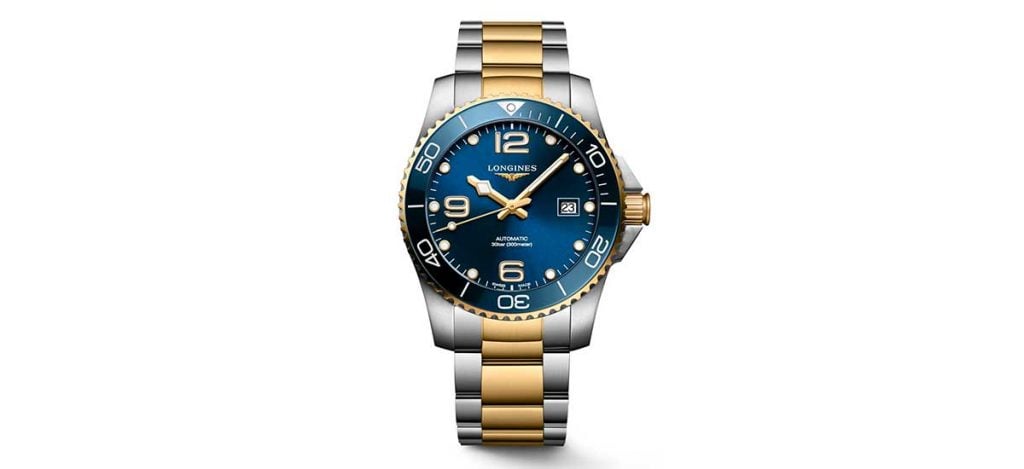
The HydroConquest Automatic is perfect for those who love the general look of the Bluesy and want a reliable and respected mid-range timepiece. It features a solid blue ceramic bezel, luminous hour markers, and large Arabic numerals at 6, 9, and 12.
The watch is powered by a Longines caliber L888 movement, which contains 21 jewels, beats at 25,200 vph, and has a 72-hour power reserve. These are all impressive numbers for a relatively modest $2025 watch. Even more surprising is the water-resistant rating of up to 300m/1000ft, which is on par with Rolex’s own Submariners, making the watch a practical competitor as well as a visual one.
Bulova Marine Star (ref. 98B334)
Part of Bulova’s Marine Star Collection, the 98B334 reference is an entry-level diver for those who are after something with a bit of attitude that won’t break the bank. With a sharp, cool two-tone case and bracelet and a sleek blue dial with a handy date window at three o’clock, the Marine Star gives off a decidedly sporty vibe.
To make matters more interesting, an open-heart dial and seconds sub-dial grant this piece an air of complexity that punches above its price bracket. Plus, it’s got a durable flat mineral crystal, reliable quartz movement, and can handle water depths up to 100 meters. At 43mm in diameter, it’s a bit bigger than the Bluesy, but for only $360, what’s an extra 2 millimeters?
Conclusion
The Rolex Bluesy Submariner Date isn’t only an iconic watch for the sake of watch culture – it’s a true masterpiece that exudes exceptional style and incomparable reliability. Its release heralded an entirely new era of horological style.
With its trend-setting design and timeless charm, it created a new visual standard for the luxury diver, being virtually indestructible while still able to turn heads at cocktail parties and company dinners.
There’s nothing to fault here – a timepiece this great only comes around once every few decades, so thank your lucky stars if you were there to witness its release, and I’ll thank mine that I’m here to appreciate its indelible impact.









